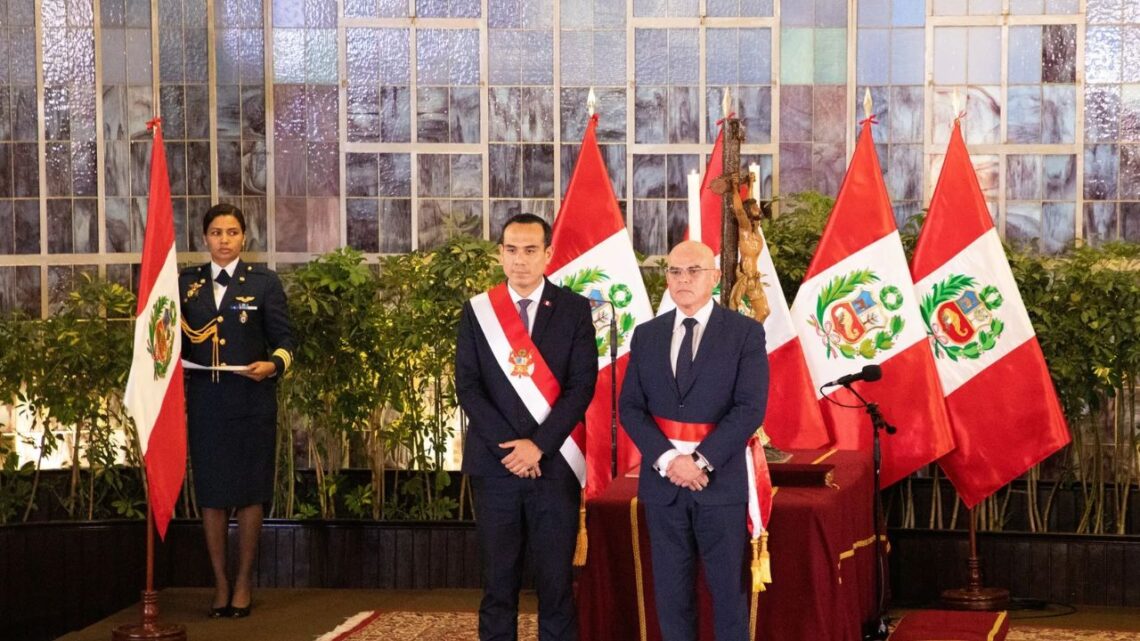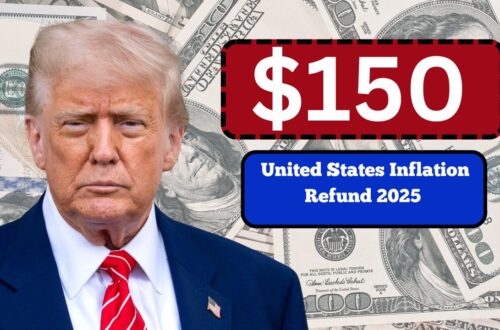In a pivotal and closely watched move, Peruvian interim president José Jeri has appointed Ernesto Álvarez, a conservative jurist and former head of the Constitutional Court, as Prime Minister.
This decision comes at a fraught moment, with widespread public unrest and protests already on the horizon. The appointment signals a deliberate attempt by Jeri to consolidate support, reassure skeptical sectors, and project firmness amid a volatile political climate.
In this article, we dive into the background, key figures, public reaction, and potential risks and strategies connected with this announcement.
The Political Shift: Background & Context
1. The Impeachment of Dina Boluarte
- On October 10, 2025, the Peruvian Congress removed President Dina Boluarte by invoking constitutional grounds of “moral incapacity”.
- Boluarte’s tenure had been marked by surging crime rates, public protests, and declining legitimacy, with approval ratings reportedly slipping to 2 %–4 %.
- Her dismissal was unanimous and swift, as she declined to attend the impeachment defense hearing.
2. Rise of José Jeri
- José Jeri, aged 38, was serving as President of Congress at the time.
- By constitutional succession, he assumed the interim presidency immediately after Boluarte’s removal.
- His administration is transitional, leading up to general elections scheduled for April 12, 2026.
Given the tense environment and low public confidence, Jeri’s administration faces enormous pressure to prove its legitimacy and effectiveness quickly.
Ernesto Álvarez: The New Conservative Prime Minister
1. Profile & Credentials
- Ernesto Álvarez is a long-standing legal figure, having served as a judge and president of Peru’s Constitutional Court.
- He is identified with conservative legal philosophy and is seen by many as a figure of institutional gravity rather than political rivalry.
- At the age of 64, his track record and reputation lend weight to Jeri’s newly formed cabinet.
2. Task Ahead
Álvarez will lead the cabinet of ministers and must help the administration:
- Stabilize public order amid protests and rising concerns over security
- Shape legislative alliances in Congress to push through emergency measures
- Reassure markets and business sectors about continuity and moderation
- Navigate public expectations for reforms, especially on crime and social equity
Key Facts at a Glance
| Element | Detail / Figure |
|---|---|
| Date of Boluarte’s impeachment | October 10, 2025 |
| Boluarte’s approval range | Around 2 %–4 % |
| Interim President | José Jeri |
| Jeri’s age | 38 years |
| PM appointment | Ernesto Álvarez |
| Álvarez’s prior role | Head of Constitutional Court |
| Political leaning | Conservative / institutional |
| Main agenda | Crime, order, institutional reform |
| Election target date | April 12, 2026 |
| Main challenge | Managing protests, legitimacy, alliances |
Public Reaction & Risks Ahead
1. Anticipated Protests
The ouster of Boluarte had already ignited demonstrations by youth groups, transport unions, and civil society. With trust in institutions deeply eroded, many see the new government as insufficiently rooted in popular legitimacy. Protests are expected to intensify, especially in Lima and Andean regions.
2. Skepticism and Opposition
- Left-leaning parties, indigenous movements, and social activists may view the new government with suspicion, seeing the appointment of a conservative PM as a signal of regression or a tilt toward elite interests.
- Critics may question Álvarez’s ability to balance strict security measures with civil liberties.
3. Opportunities and Advantages
- Álvarez’s legal credibility can help Jeri’s government frame its policies as grounded in constitutional order, not mere political adventurism.
- Conservative sectors, business groups, and constitutional moderates may rally behind a stable, law-oriented administration.
- With a strong PM, Jeri may be better positioned to build alliances in Congress and fend off destabilizing maneuvers.
4. Strategic Moves to Watch
- Timely cabinet appointments balancing technocrats and political representatives
- Rapid action on crime and security, particularly in urban zones
- Communication campaigns to regain public trust
- Negotiations with regional leaders, social organizations, indigenous groups
- Clear roadmap toward elections and constitutional reform
The appointment of Ernesto Álvarez as Prime Minister by José Jeri is a calculated move in a period of acute instability.
With protests looming, public distrust high, and limited time before elections, Jeri’s decision to choose a conservative and institutional figure signals an effort to ground his interim government in constitutional legitimacy.
Still, the road ahead is perilous. For Jeri and Álvarez, success hinges on immediate, credible action to calm tensions, safeguard civil rights, and prove that this new government is not just another transient chapter in Peru’s cycle of upheaval—but a bridge to a more stable, accountable future.









